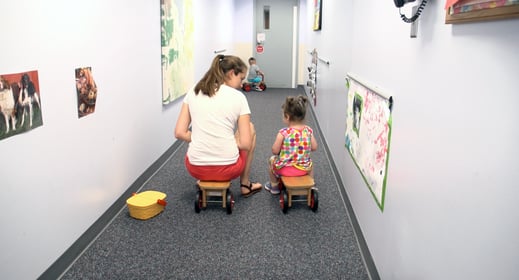
At Teachstone, we sometimes hear from educators that they aren’t sure how to help facilitate exploration in their learning environments. The CLASS® Manual gives some specific examples, like asking the children to predict which ball will roll further, or making faces back and forth with an infant. But, in this blog post, I want to talk about how the learning environment space itself. The set-up and materials you use can support stronger interactions with children as well.
I recently opened up a community playroom called Little Fish in my area. When setting up the playroom, I thought about my experiences as a preschool teacher, as someone who has been using the CLASS tool for more the seven years. With that background, I found five specific areas of the learning environment that can lead to better interactions.
1. Change It Up
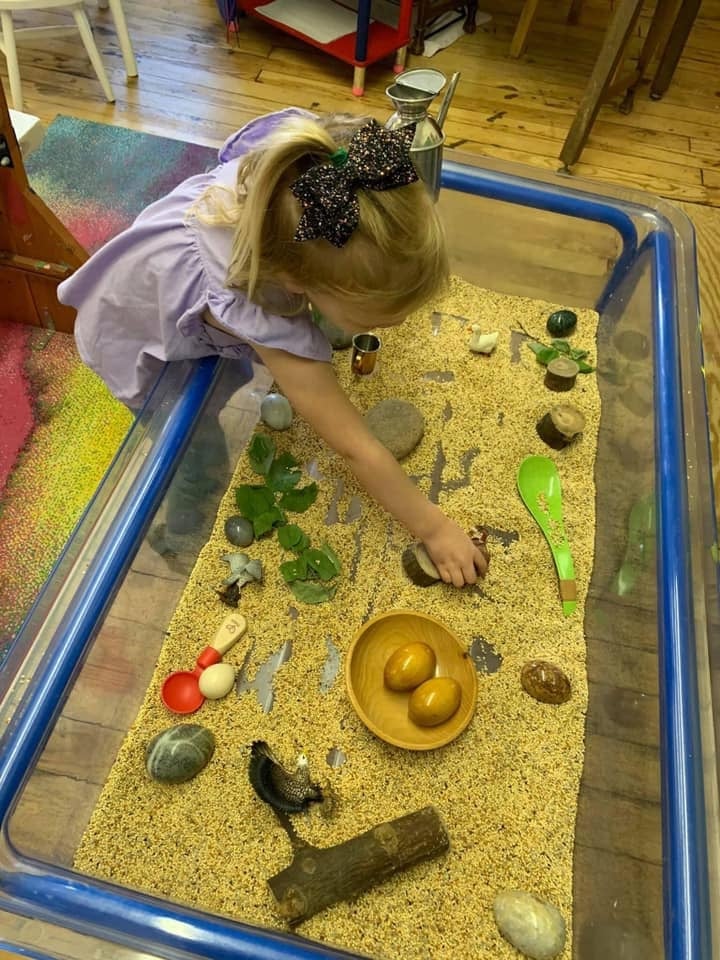
Add new things to your room, and rotate toys. At Little Fish, I change the theme weekly to encourage interest and exploration. By experiencing new activities and toys, children are naturally more engaged when they come and play. For instance, if you are studying birds, you could add birdseed, twigs, and scoops to the sensory table. Later, you may be talking about autumn, and you can add in corn, straw, and little pumpkins.
2. Be Excited about Toys and Materials Yourself
When children enter my playroom each week, I show them all the fun new things that are out for them to play with. My excitement about the space and materials gets them excited, too.
3. Make Each Area Serve a Purpose
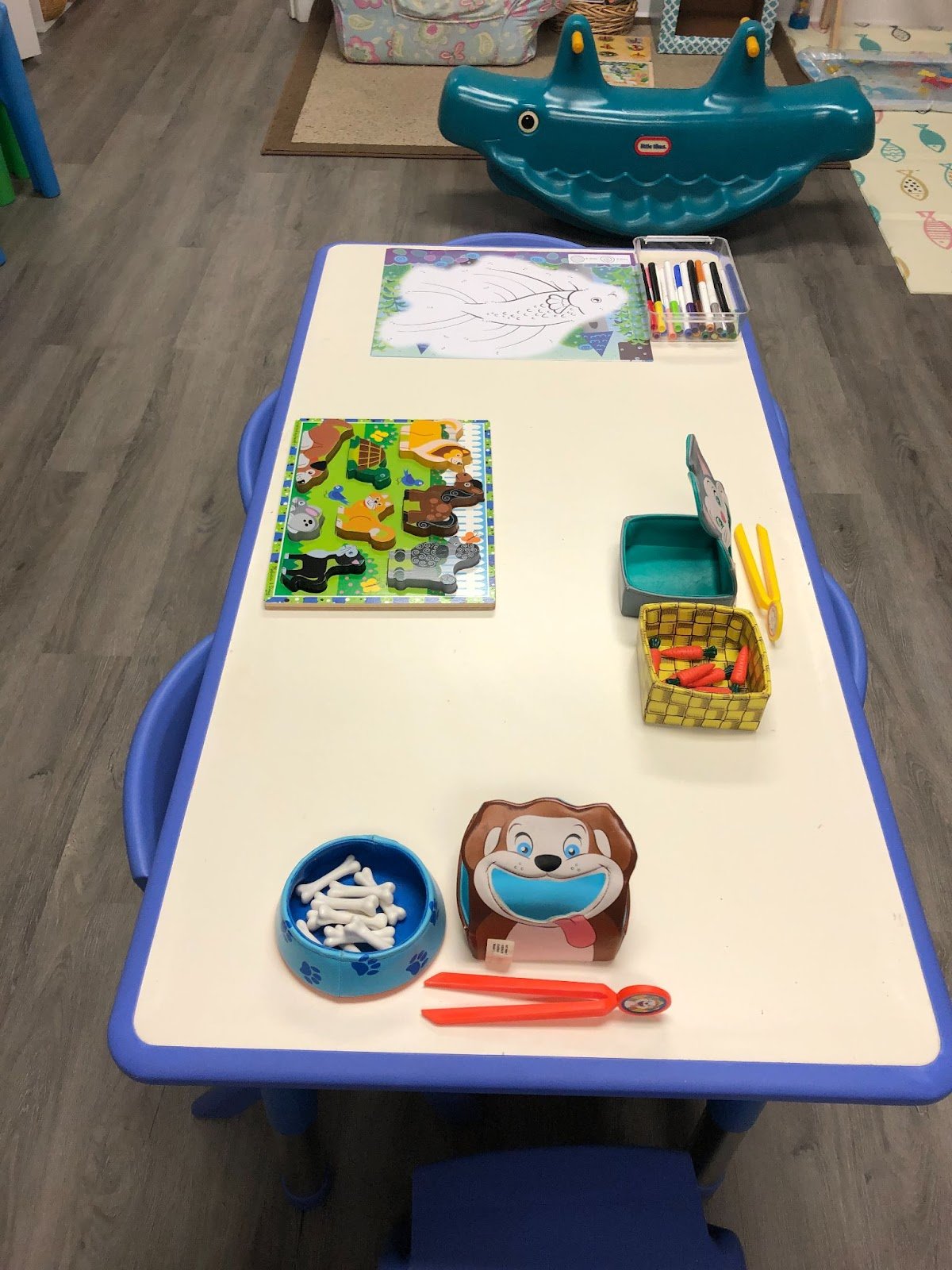
Organize your space in ways that designate clear purposes. For example, have a table designated for art next to your shelf with only art materials. Additionally, keep the materials clean, organized, and in good working condition. Children (and adults) are naturally enticed when things are organized and pleasing. Think about walking into a candy store, or a craft store. They stock items to be beautifully organized by color, shape, or size. Doesn’t that just make your heart sing? That’s how children feel about toys. If all the pieces to the puzzle are there, or all the toys are sorted by type, it leads to more time playing and learning, with less frustration trying to find pieces.
4. Make Your Space Warm and Inviting
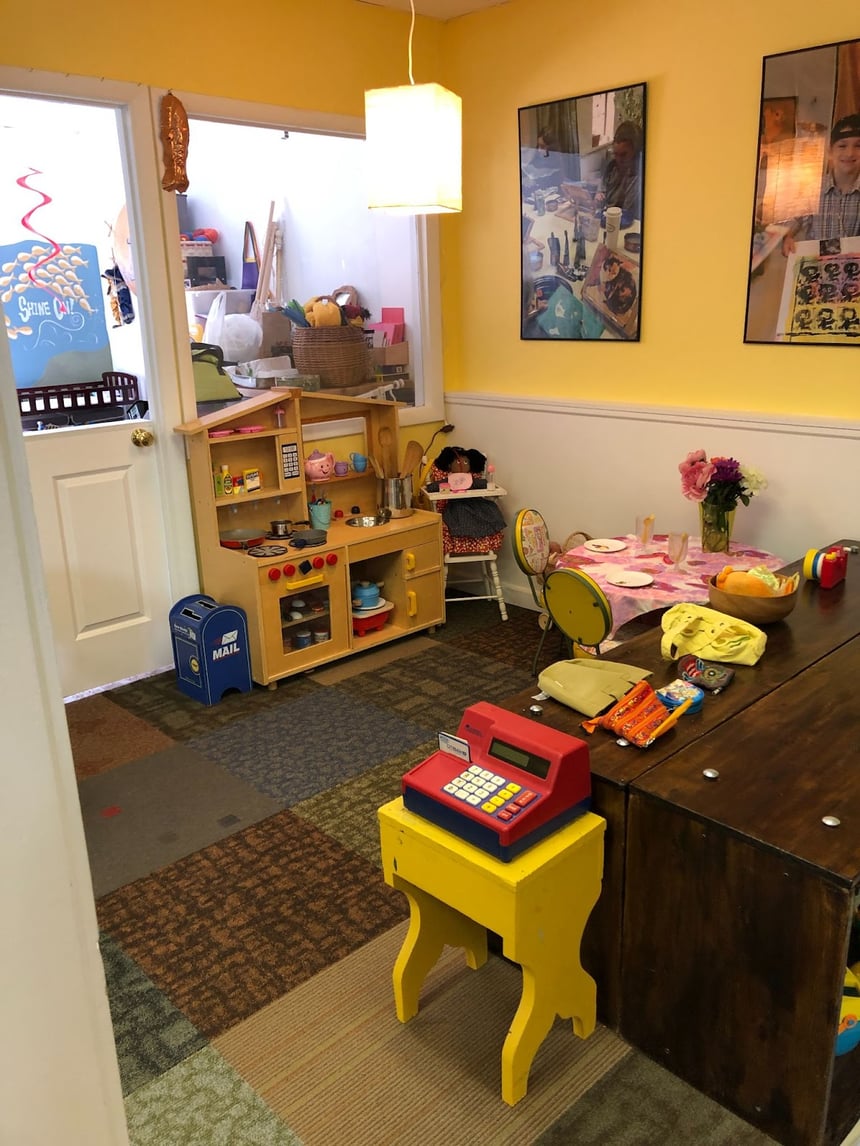
You know that feeling you get when you walk into a nice hotel room and the bed is made, the lights are dim, and all you want to do is drop your stuff and go jump on the bed? Make your learning environment feel like this too. You can help create that feeling by:
- Adding a cozy, private space where children can go to get away from the buzz of the learning environment.
- Displaying children’s work and pictures of them to make it feel like their own space.
- Adding elements of different culture to your room. For example, if you have a child from Indonesia, add some clothing or items from their culture to make them feel welcome and invited into the learning environment.
- Using different items from nature, like fish and plants. (Did you know that watching fish swim helps regulate emotions for children and adults?)
5. Follow Children's Leads
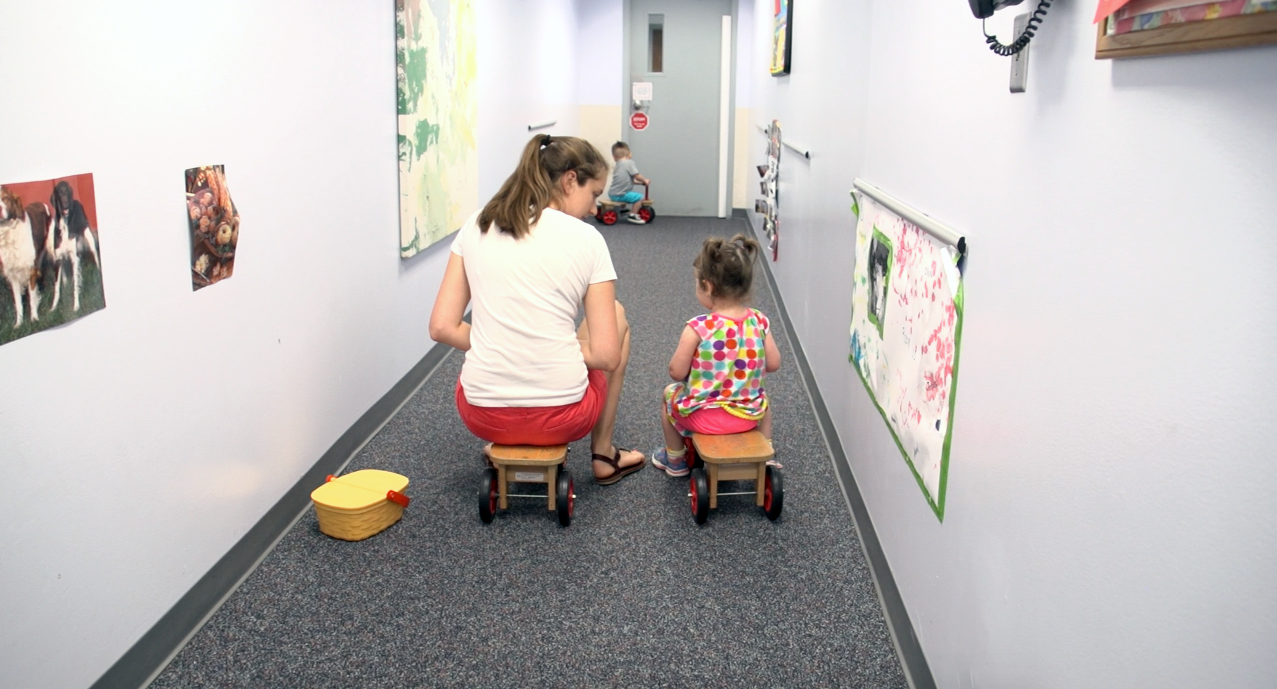
Lastly, and most importantly, follow the children’s leads with the toys and materials. This not only facilitates interactions with the children, but it also helps to deepen your relationship with the children. Do you have a child with special needs that only likes to line up toys or sit quietly in a corner? Mirror their behavior. Mirroring a child is a great first step to digging deeper into facilitation. It shows the child that you are interested in their play and ideas.
Also, watch the child. If you notice they are interested in toys that have shapes on them, grab other toys in your room that also have shapes, and introduce them to the child. By doing so, you’re following their lead, giving them choices, and using materials in your space to facilitate the child’s exploration and learning.
The way you set up your space and organize your materials will have an impact on the children’s interest and engagement with the materials. Make the space representative of each child’s culture, inviting, warm, tidy, and organized. This will lead to more meaningful engagement and interactions.
Check Out My Little Fish Playroom!

